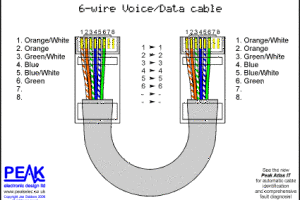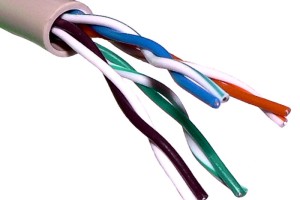Network Cabling and Sports Venues
As information networks become more and more integral to industries of all kinds, structured cabling is applied to more and more situations. Considering that to get work done, to keep people entertained, for business and industry to run smoothly, we rely upon local and broad area networks, cabling is an enterprise that is involved across multiple spectrums. As technology and innovation grow to keep pace with the demand, structured cabling opportunities change and multiply. Large concert halls and event spaces require cable networks just as much as private homes and offices. Sports fields and stadiums are no exception to the cable network rule.
Maintaining Network Cabling
As mass forms of entertainment and income, sports venues require both a great deal of site-specific networking and also cabling on a mass scale. Both for the experience of patrons who attend the event and also for filming and broadcasting, cabling is needed that can hold up to the environment, and skilled cablers who have the problem solving abilities to install and maintain the networks are important. These systems, while vast, are rapidly becoming standardized. Organization like the IOS (International Organization for Standardization) and the IEC (International Electrotechnical Commission) have their awareness tuned toward situations like stadiums and sports parks.
Network Cabling Standards
In the U.S. these standards are focused mainly on football stadiums, baseball fields, basketball courts, and other sports arenas both at the collegiate and professional levels. Internationally, venues for other sports like cricket and football (soccer) are given more cabling energy. Large sports events like the Olympics or Wimbledon are also highly competitive structured cabling gigs, sought after by cabling contractors and large cabling companies. The World Cup, the biggest soccer event on the globe, has many network cabling considerations. A month long tournament that only happens every four years, thirty-two nations send teams and whatever city hosts it bodes to see a swell of millions of tourists and a large flow of foreign money into their local economy. The amount of media and communications work involved in an event of this scale is massive. There is not only a lot of work to be done and systems to be laid, but it is crucial also that these systems be incredibly accurate and efficient. As different countries and venues bid for the honor of hosting the world cup, often the ability to collaborate with a cabling organization of appropriate caliber is an important component in presenting a competitive edge.
The last FIFA World cup was in South Africa in 2010, and the next will be in Brazil in 2014, though the vote is still out for 2018 and 2022. As 3-D and digital broadcasting technology becomes more everyday, network cabling companies and multimedia firms who hope to do the information networking for these events have a lot of balls to keep in the air. These networks are to be state of the art, and must handle high loads of data while streamlining various tasks and functioning with total reliability. To support these systems, miles of fibre optic cable must be laid along with Cat 6 and other electrical support cables. These are some of the largest local networks in existence, and the feat of engineering and ingenuity involved to output sports venues at this scale is not to be overlooked.




